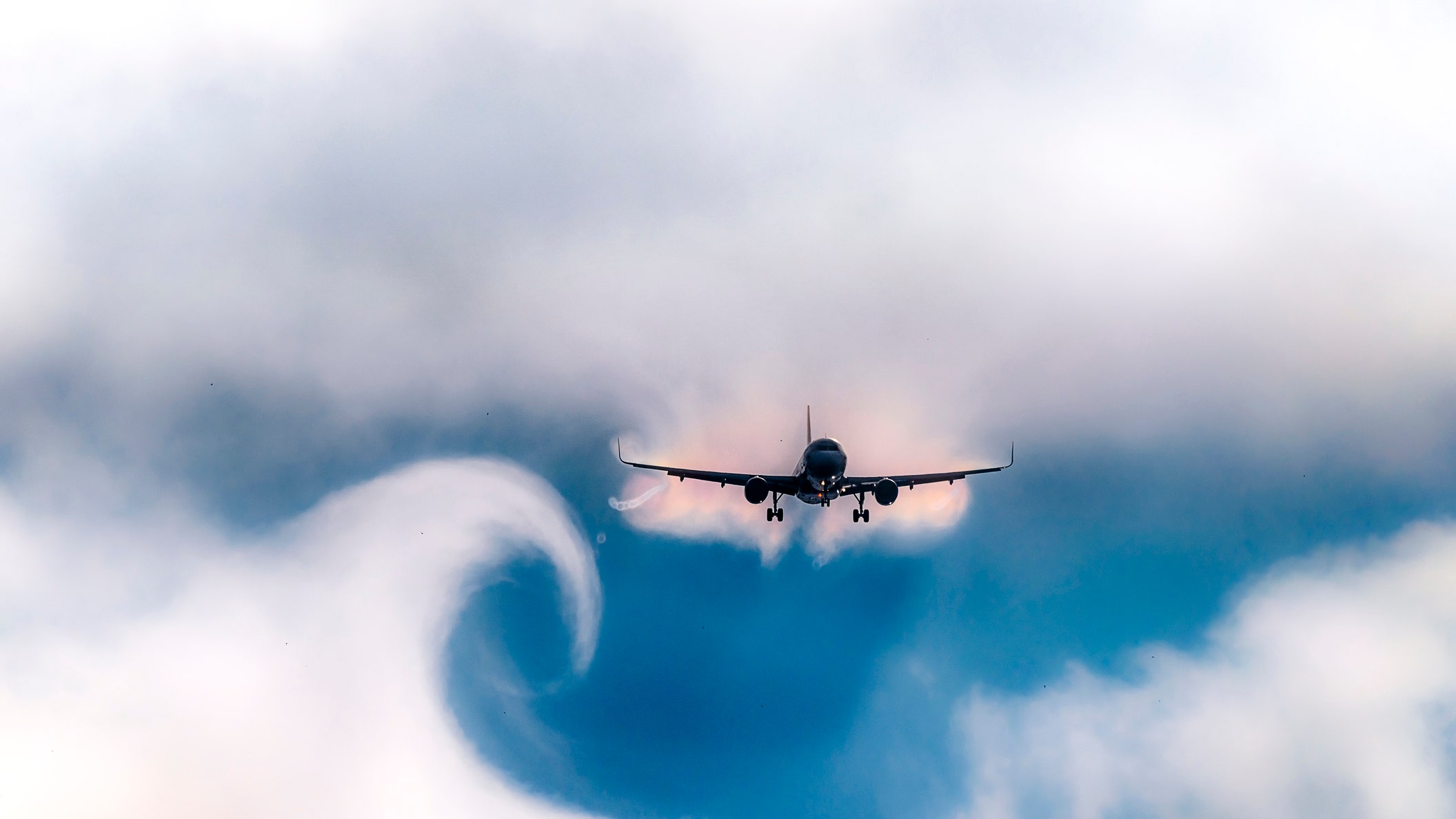Turbulence is all over the news right now. On Tuesday, 21 May 2024, reports surfaced regarding a severe turbulence incident. Following this turbulence, a 73-year-old British man tragically died from a suspected heart attack, with several others injured. According to Sky News, Singapore Airlines flight SQ321 from Heathrow was forced to make an emergency landing in Thailand. Footage from passengers illustrates the chaos, with overhead lockers opened and debris scattered throughout the cabin.
With platforms like TikTok and Instagram reels prevalent in our daily lives, video footage of flight incidents is more accessible than ever. Consequently, social media feeds are filled with clips of unruly passengers, reclining space hoggers, and turbulent flights. In March, at least seven travelers were hospitalized after a Lufthansa plane traveling from Austin, Texas, to Frankfurt, Germany, made an emergency landing, showcasing the intensity of the turbulence experienced.
What is Turbulence?
Turbulence refers to the chaotic movement of air caused by the shearing of winds or the flow of air over mountains. Isabel, an expert from the University of Reading’s Meteorology Department, explains, “The atmosphere functions like a large fluid, with waves of airflow propagating globally. When air becomes unstable, it breaks into fast-moving chaotic swirls, resulting in a plane being shaken as it encounters these turbulent currents.”
Is Turbulence Safe?
According to Isabel, the likelihood of encountering severe turbulence is extremely rare, with less than one percent of the atmosphere containing it. Instead, most passengers will experience light turbulence, which might shake them around or cause a spill but poses little danger. She emphasizes the importance of keeping seatbelts fastened since sudden bouts of clear air turbulence can occur unexpectedly.
Is Turbulence Happening More Often?
Yes, turbulence is indeed increasing due to climate change. Isabel confirms that passengers on longer flights will likely experience more turbulence. Airlines typically design routes to minimize turbulence; however, this may lead to longer, more convoluted flight paths than before.
Can a Plane Crash from Turbulence?
Isabel clarifies that turbulence alone would not cause a plane crash. However, flying through an active thunderstorm could amplify other weather-related dangers such as downdrafts and hail. Thankfully, airlines avoid flying through known storm systems due to advanced forecasting.
Climate Change and Turbulence
Global warming, defined as the rapid warming of the troposphere, is influencing turbulence patterns. Isabel explains, “As greenhouse gases trap heat within the troposphere, the stratosphere cools, creating a significant temperature differential. This leads to a more chaotic jet stream, resulting in an increase in clear-air turbulence (CAT) encounters.”
Airlines’ Response to Turbulence
Airlines utilize CAT forecasts, which are about 70-80% accurate, to craft flight routes that minimize turbulence. While this is beneficial, it can result in extended flight durations, increased fuel consumption, and higher carbon emissions. Isabel notes that efforts to optimize flight routes have the potential to significantly reduce CO2 emissions from the aviation sector.
In conclusion, turbulence is a complex phenomenon affected by various factors, including climate change and atmospheric conditions. Airlines are actively researching better methods for managing turbulence while minimizing its impact on flight safety and efficiency.




